Filter by
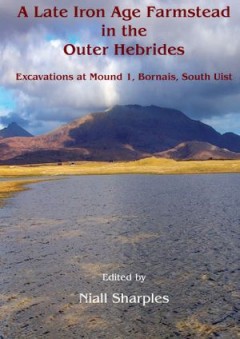
A Late Iron Age Farmstead in the Outer Hebrides : Excavations at Mound 1, Bor…
The settlement at Bornais consists of a complex of mounds which protrude from the relatively flat machair plain in the township of Bornais on the island of South Uist. This sandy plain has proved an attractive settlement from the Beaker period onwards; it appears to have been intensively occupied from the Late Bronze Age to the end of the Norse period. Mound 1 was the original location for sett…
- Edition
- -
- ISBN/ISSN
- 978-1-84217-469-2
- Collation
- -
- Series Title
- Cardiff Studies in Archaeology
- Call Number
- 930.16 LAT

Landscape Biographies : Geographical, Historical and Archaeological Perspecti…
Landscape Biographies explores the long and complex histories of landscapes from personal and social perspectives. As an essential part of human life-worlds, landscapes have the potential to absorb something of people's lives, works, and thoughts. But landscapes also shape their own life-histories at different timescales, transcending human life-cycles and generating their own temporalities and…
- Edition
- -
- ISBN/ISSN
- 978 90 4851 780 0
- Collation
- -
- Series Title
- -
- Call Number
- 930.1 LAN
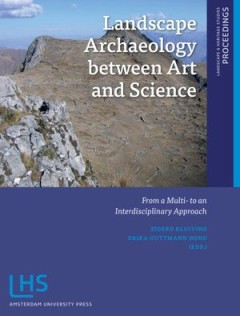
Landscape Archaeology : between Art and ScienceFrom a Multi- to an Interdisci…
Researchers in landscape archaeology use two different definitions of landscape. One definition (landscape as territory) is used by the processual archaeologists, earth scientists, and most historical geographers within this volume. By contrast, post-processual archaeologists, new cultural geographers and anthropologists favour a more abstract definition of landscape, based on how it is perceiv…
- Edition
- -
- ISBN/ISSN
- 978 90 4851 607 0
- Collation
- -
- Series Title
- -
- Call Number
- 930.1 LAN
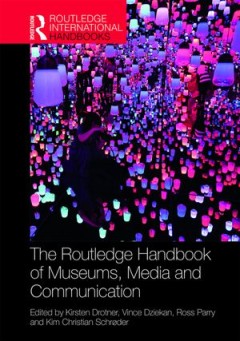
The Routledge Handbook of Museums, Media and Communication
Museums today find themselves within a mediatised society, where everyday life is conducted in a data-full and technology-rich context. In fact, museums are themselves mediatised: they present a uniquely media-centred environment, in which communicative media is a constitutive property of their organisation and of the visitor experience. The Routledge Handbook of Museums, Media and Communicatio…
- Edition
- -
- ISBN/ISSN
- 9781317197430
- Collation
- -
- Series Title
- -
- Call Number
- 930.1 ROU r
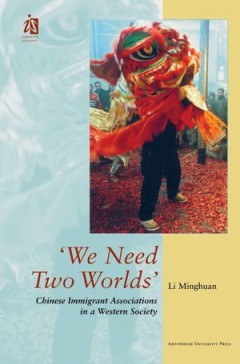
We Need Two Worlds
A highly informative report on Chinese immigrants in the Netherlands, We Need Two Worlds is a clear and well-structured dissertation which presents a considerable amount of new material to existing knowledge of Chinese associations and their role in the Netherlands. The situation in Amsterdam is comparable to Chinese societies in other major cities, e.g. New York and London. This comprehensive …
- Edition
- -
- ISBN/ISSN
- 9789053564028
- Collation
- -
- Series Title
- -
- Call Number
- 900 MIN w
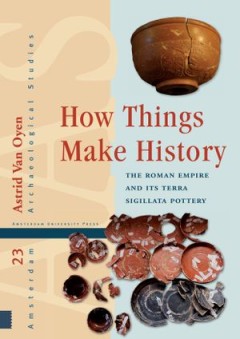
How Things Make History: The Roman Empire and its terra sigillata Pottery
Bright red terra sigillata pots dating to the first three centuries CE can be found throughout the Western Roman provinces. The pots' widespread distribution and recognisability make them key evidence in the effort to reconstruct the Roman Empire's economy and society. Drawing on recent ideas in material culture, this book asks a radically new question: what was it about the pots themselves tha…
- Edition
- -
- ISBN/ISSN
- 9789048529933
- Collation
- -
- Series Title
- -
- Call Number
- 930.1 OYE h
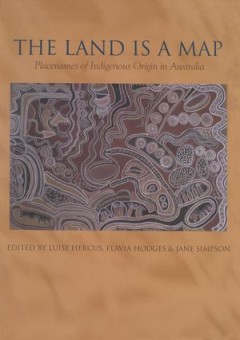
The Land is a Map : Placenames of Indigenous Origin in Australia
The entire Australian continent was once covered with networks of Indigenous placenames. These names often evoke important information about features of the environment and their place in Indigenous systems of knowledge. On the other hand, placenames assigned by European settlers and officials are largely arbitrary, except for occasional descriptive labels such as ‘river, lake, mountain’. T…
- Edition
- -
- ISBN/ISSN
- 9781921536571
- Collation
- -
- Series Title
- -
- Call Number
- 919.400 3 LAN
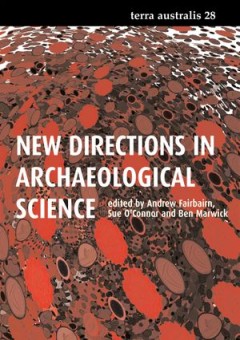
New Directions in Archaeological Science
Archaeological Science meetings will have a personality of their own depending on the focus of the host archaeological fraternity itself. The 8th Australasian Archaeometry meeting follows this pattern but underlying the regional emphasis is the continuing concern for the processes of change in the landscape that simultaneously effect and illuminate the archaeological record. These are universal…
- Edition
- -
- ISBN/ISSN
- 9781921536496
- Collation
- -
- Series Title
- -
- Call Number
- 930.1 NEW n
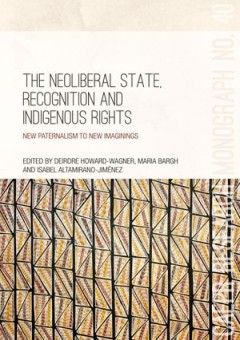
The Neoliberal State, Recognition and Indigenous Rights: New paternalism to n…
The impact of neoliberal governance on indigenous peoples in liberal settler states may be both enabling and constraining. This book is distinctive in drawing comparisons between three such states—Australia, Canada and New Zealand. In a series of empirically grounded, interpretive micro-studies, it draws out a shared policy coherence, but also exposes idiosyncrasies in the operational dynamic…
- Edition
- -
- ISBN/ISSN
- -
- Collation
- -
- Series Title
- -
- Call Number
- 994 NEO n
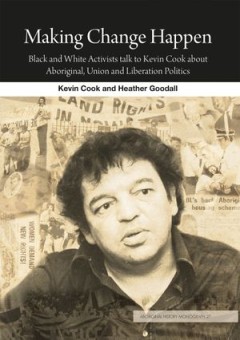
Making Change Happen: Black and White Activists talk to Kevin Cook about Abor…
This book is a unique window into a dynamic time in the politics and history of Australia. The two decades from 1970 to the Bicentennial in 1988 saw the emergence of a new landscape in Australian Indigenous politics. There were struggles, triumphs and defeats around land rights, community control of organisations, national coalitions and the international movement for Indigenous rights. The cha…
- Edition
- -
- ISBN/ISSN
- 9781921666728
- Collation
- -
- Series Title
- -
- Call Number
- 920 GOO m
 Computer Science, Information & General Works
Computer Science, Information & General Works  Philosophy & Psychology
Philosophy & Psychology  Religion
Religion  Social Sciences
Social Sciences  Language
Language  Pure Science
Pure Science  Applied Sciences
Applied Sciences  Art & Recreation
Art & Recreation  Literature
Literature  History & Geography
History & Geography